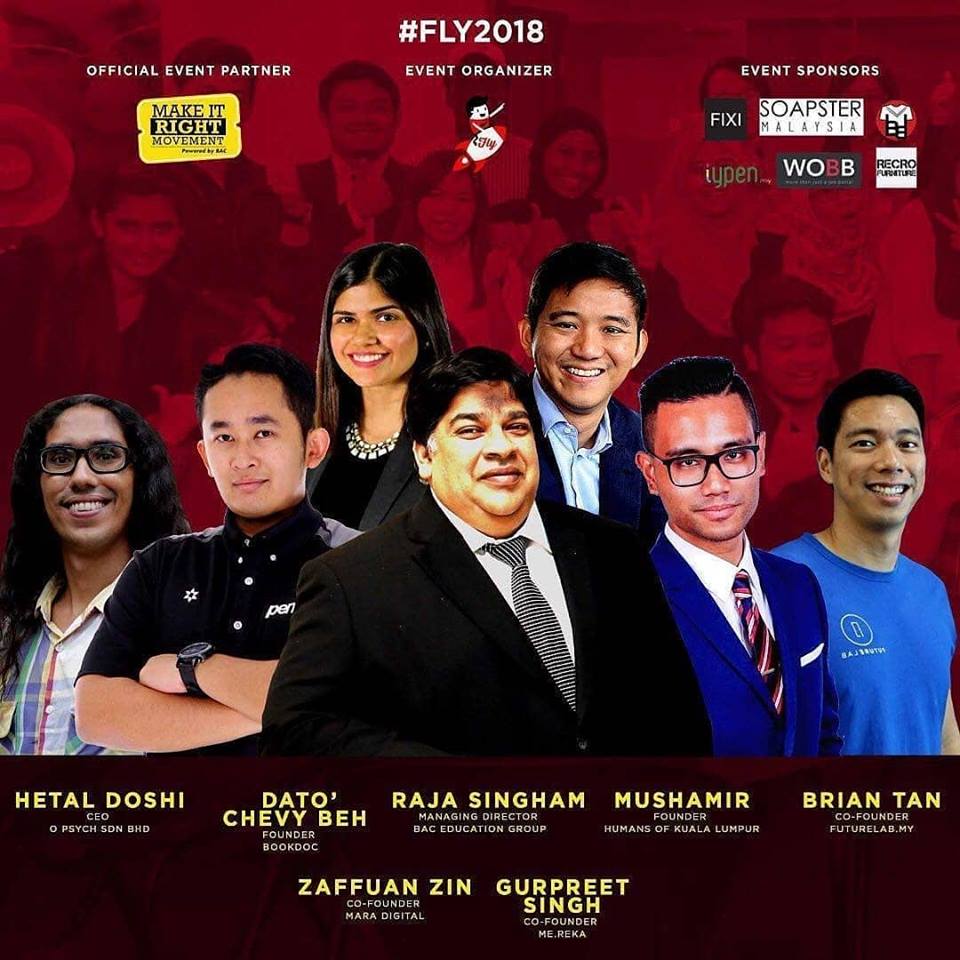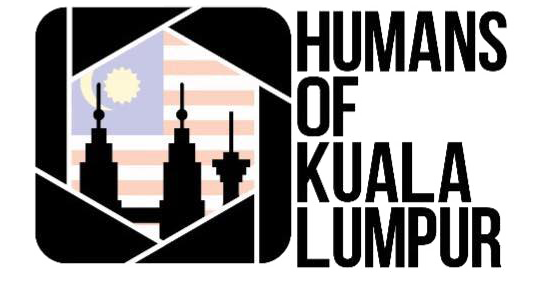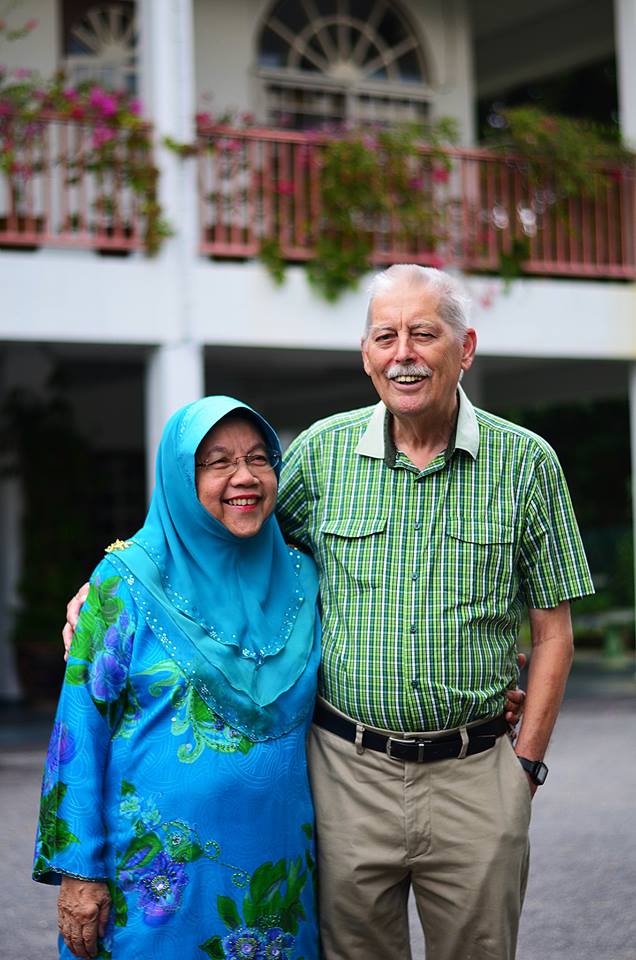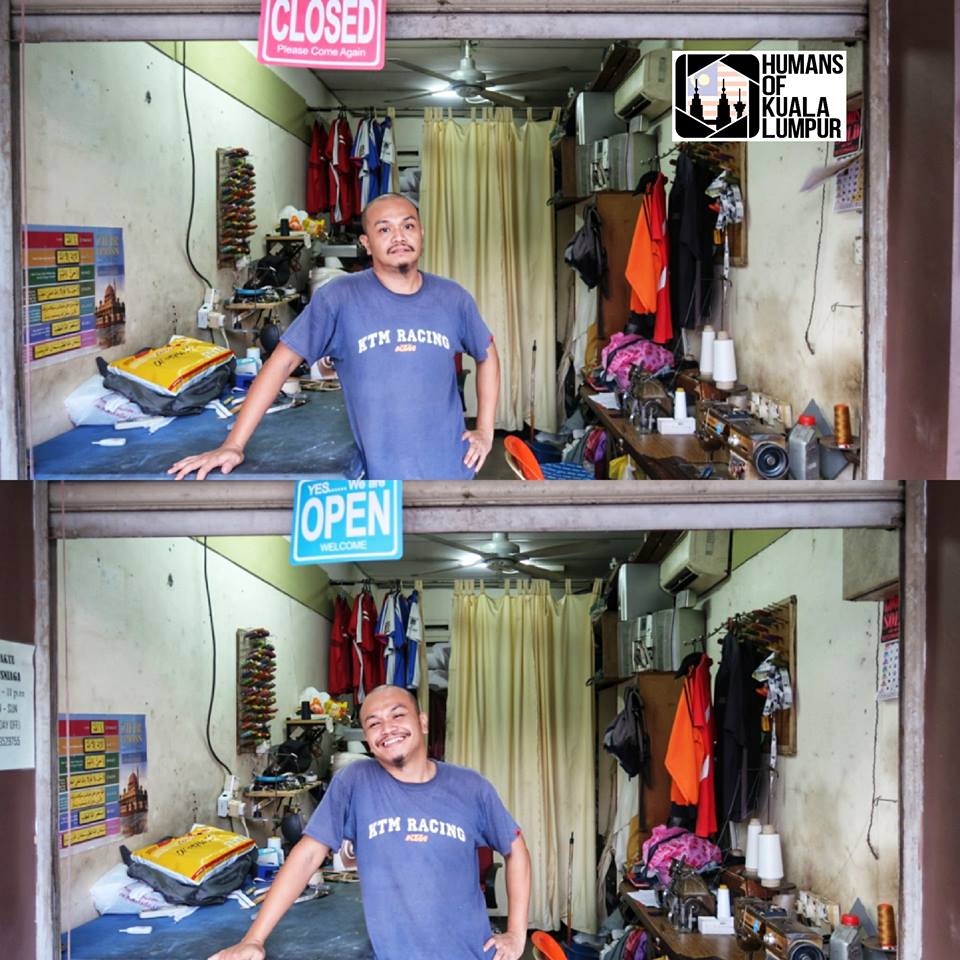“My son was two years old when the doctors diagnosed him as autistic. I had a feeling that something was not right when Dzarif was a bit slow to start walking and speaking compared to his sisters. Dzarif is now five years old and he teaches me something new every day.
There’s no dictionary or guideline on how to raise autistic kids. There’s no one size fits all.
Autistic kids are very sensitive to sensory stimulation such as sound, touch, smell or sights that seem normal to other people. When they experience a sensory overload, they will have a meltdown.
During Dzarif’s early stages, he refused to go to shopping malls because there are too many people. He wouldn’t even want to leave the car park and start flapping his arms like a bird because he’s overwhelmed.
I know of a 17 years old autistic boy who repeats his sentences twice. ‘I want to buy ice cream, I want to buy ice cream. Vanilla flavour, vanilla flavour.’
The ice cream seller would probably think he’s an ‘orang gila’, but that’s just how the boy releases his sensory overload.
Each autistic person has different ways of sensory release – some rock their body back and forth while speaking and some bite their fingers. It might be awkward for people who don’t understand autism, but that’s just how they are.
It is not about changing them and molding them to be ‘normal’, it’s about accepting them for who they are.
What’s normal anyway? You think normal is standard one, UPSR, PT3, SPM, get a job and get married. But there’s also people who never live through that track but still live as good human beings.
“What is one thing you wished the public knew about autism?”
People have often asked me, how they can support autism. Number one, they must understand and number two they must accept.
How? As simple as when you go to shopping malls and you see parents dealing with autistic children that are having a meltdown. Instead of staring, or worse, recording a video, you can just go to the parents, tap their shoulder and say ‘its okay, I understand.’
Dzarif sometimes has public meltdowns, the worst being in Langkawi airport.
Overwhelmed by the number of people, he started playing with a trolley to release his energy. He has always loved moving items.
But once we tried to return the trolley, he refused to let us. He immediately laid down in the middle of the floor of check-in queue and started rolling around.
Everyone was staring at us and started talking amongst themselves.
If only, someone would just tap my shoulder and say, ‘we understand.’
– Humans of Kuala Lumpur
Dzulkaedah runs marathons to raise awareness on autism and fundraising for NASOM – National Autism Society of Malaysia. Last year he raised RM 38,000 after running the Berlin Marathon which was given to NASOM facilities around Malaysia, like Kedah, Kelantan, Penang and Selangor to subsidize underprivileged kids for their speech therapy programme.
He is now fundraising for the Autism Cafe project, a cafe that employs autistic youth. To contribute to this cause, please consider donating at https://www.simplygiving.com/dzul-run-ultra-for-acp
Story by Amalina Davis
Photo provided by Dzulkaedah
Photo/story edited by Mushamir Mustafa
Do you have a story? Let us know here: https://forms.gle/ht4HsvbxgSgcKS5h8

(This post was first published on April 1st 2018)










